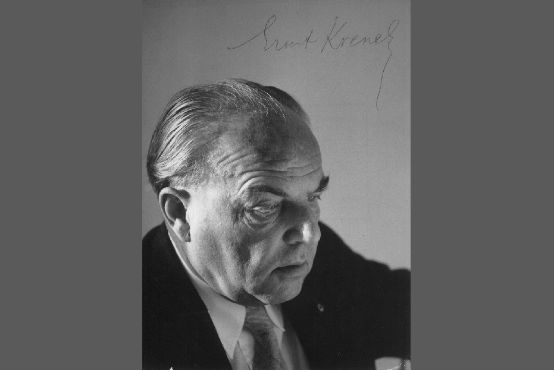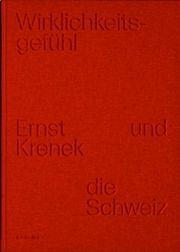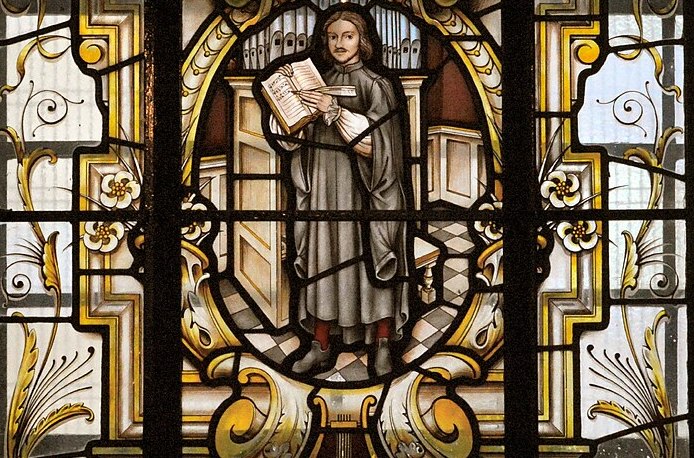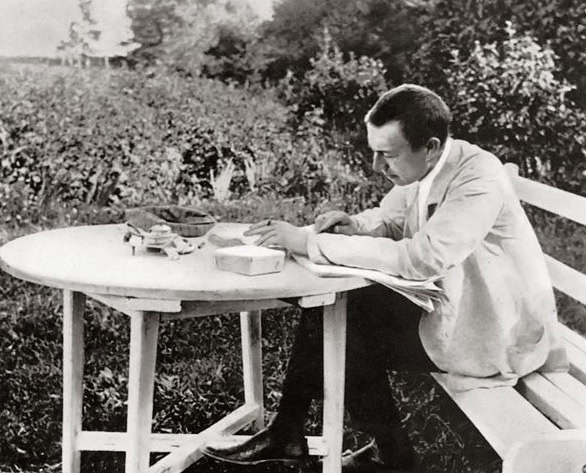Ernst Krenek and Switzerland
This book documents the composer's diverse relationships with Switzerland. Numerous stays and friendships left their mark on his work.

Switzerland played an important role in the biography and oeuvre of the Vienna-born Schreker pupil Ernst Krenek (1900-1991) for six decades. Of his total of 240 compositions with opus numbers, around 60 are linked to Switzerland by their place of origin, commissioner, dedicatee or premiere.
In 1923, Krenek was invited to Winterthur by businessman and patron Werner Reinhart. In 1924, the musician, who was married to Anna Mahler at the time, composed his 1st Violin Concerto op. 29 for Alma Moodie in Zurich. Together with her and Reinhart, he visited Rilke at Muzot Castle in Valais, which he later compared to his adopted home in Southern California.
The Swiss ConnectionsKrenek's musical relationship with Basel lasted until his last stay in our country in 1986, as was the title of the exhibition dedicated to Krenek at the Vera Oeri Library of the Basel Music Academy in 2015. His friendly contacts with Reinhart, the Basel classical philologist Werner Batschelet and his violoncellist wife Annegret Massini, and especially with Paul Sacher, were formative for his musical relationships. For him and his Basel Chamber Orchestra, he wrote the Symphonic piece op. 86 for string orchestra (1939), Chain, circle and mirror. Symphonic drawing for orchestra op. 160 (1957) and Static and ecstatic op. 214 (1972).
In the 1930s, Krenek admired the Swiss model of a federalist polity, as it had been in his Austrian homeland. He defended the country, which had become a place of refuge for him, against the clichés "of cowherds, yodelers, mountain guides and waiters" and valued Switzerland as an important performance venue for his works.
Divided into the chapters "Vanishing Point", "Network", "Network of Works" and "Imagination", a richly illustrated book edited by Julia Beier and Matthias Schmidt documents Krenek's diverse Swiss relationships. Among the specialist articles contributed by a dozen authors, the one by Camille Bork should be highlighted here: "On the relationship between nature and technology in Jonny plays". The book proves that the glacier episode in the 1926 opera, which was inspired by jazz and American fashion dances, was inspired by the Gornergrat.
A sense of reality. Ernst Krenek and Switzerland, edited by Julia Beier and Matthias Schmidt, 145 p., € 24.80, Edition Alea, Badenweiler 2015









